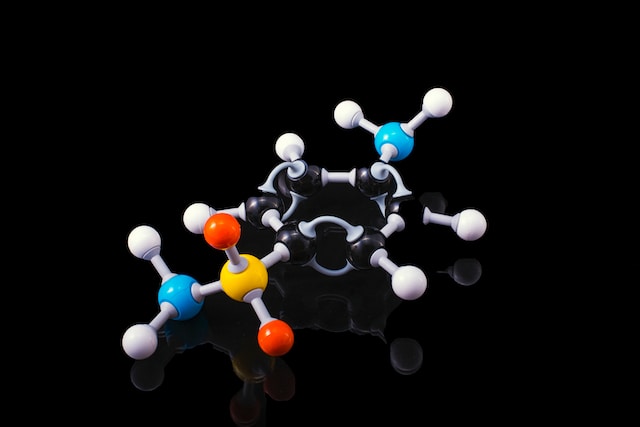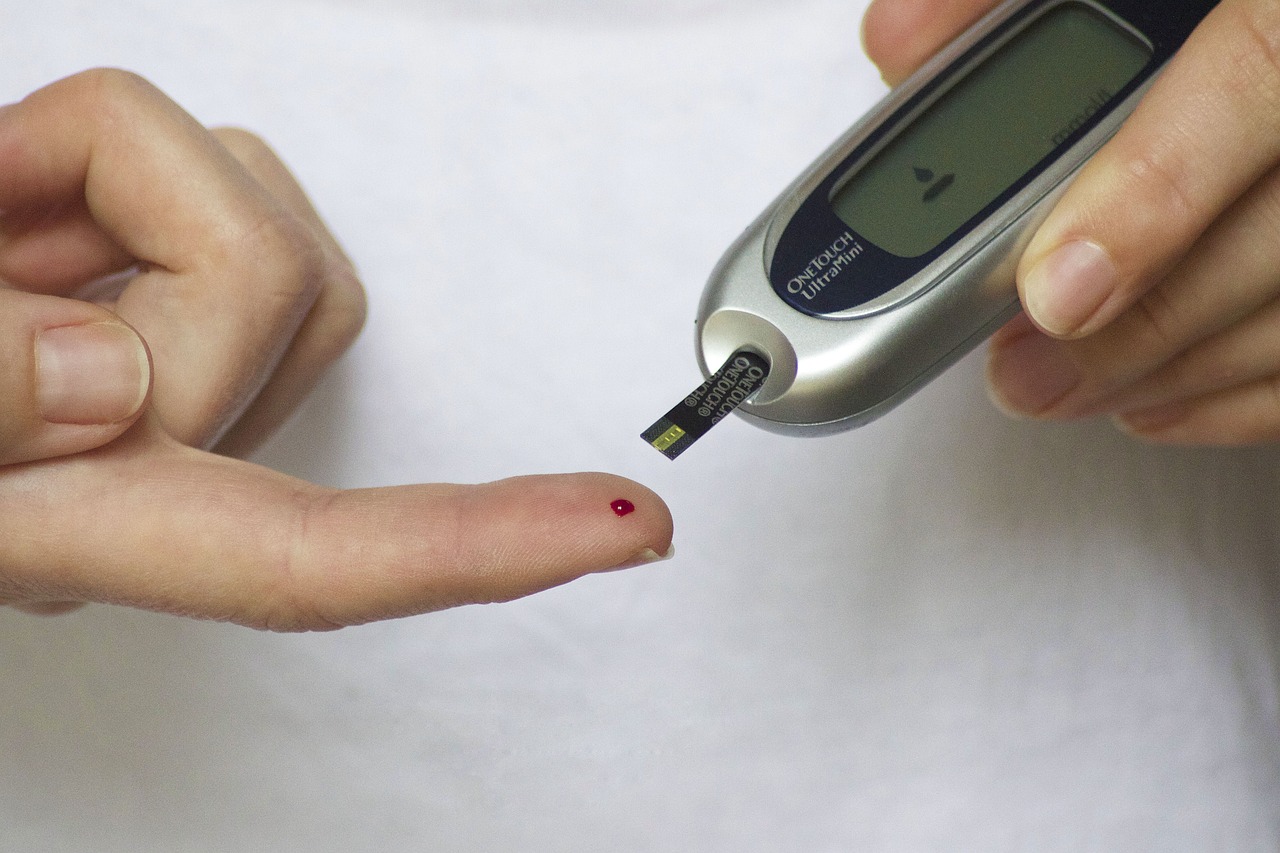Repurposing Wind Turbine Blades for Crack-Free Roads
Discarded wind turbine blades, a growing environmental concern, may soon find a second life paving our roads, thanks to innovative research from the Lanzhou Institute of Chemical Physics in China. These massive blades are made from durable fiberglass and epoxy resin composites. However, these materials are difficult to recycle. As wind farms reach the end of their operational lifespan, disposing of the blades becomes a major challenge. Instead of ending up in landfills, these materials could become a key ingredient in more resilient road surfaces.
Transforming Blades into Road Materials
Researchers at the Lanzhou Institute have developed a process to repurpose these decommissioned blades. The method involves crushing the blades into smaller fragments and subjecting them to a specialized chemical treatment. This process modifies the composite material, making it suitable for incorporation into both asphalt mixtures and cement concrete—two essential components of road construction.
Real-World Testing and Promising Results
The effectiveness of this approach has already been tested in a real-world application. A section of highway in Lanzhou was paved using asphalt modified with processed wind turbine blade material. After a five-month trial period, the road surface was rigorously examined. The results were promising: the test section exhibited no signs of cracking or damage, suggesting that the repurposed blade material significantly enhances road durability.
A Sustainable and Cost-Effective Solution
This innovative approach offers dual benefits. It provides a sustainable solution for the growing issue of wind turbine blade disposal, reducing environmental impact. At the same time, it has the potential to create longer-lasting, crack-resistant roads, cutting maintenance costs and improving road safety. Researchers believe this method represents a major step toward a circular economy for wind turbine components and a more sustainable approach to infrastructure development. Further research and development will be crucial to optimizing the process and scaling up production for broader implementation.







